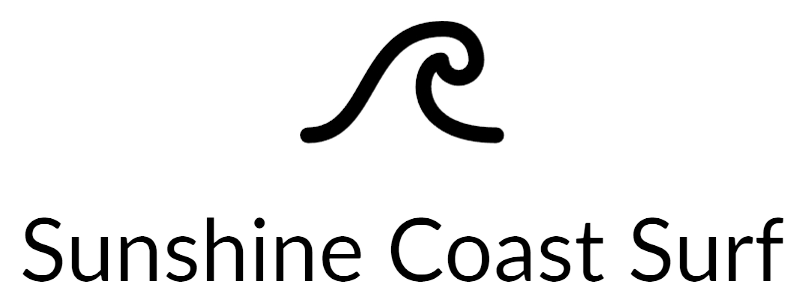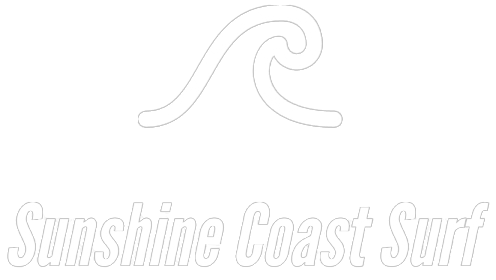
EVERYONE IS BUZZING ABOUT ‘REEF SAFE’ SUNSCREENS, BUT REEF SAFE ISN’T JUST A BUZZ WORD. READ ON TO FIND OUT WHY YOU NEED TO GO NATURAL, IF YOU HAVEN’T ALREADY.
As of July 2018, Hawaii banned the use of toxic sunscreens due to their harmful effect on coral reef ecosystems. But that doesn’t mean you shouldn’t be switching to reef safe wherever you are in the world. Common UV filtering chemicals like oxybenzone, octinoxate, avobenzone, octocrylene, homosalate, octisalate, and octinoxate found in up to 70% of sunscreens on the US market, have been linked to the death of coral species by causing DNA damage while also hindering larvae development. It has also been found that octinoxate, a chemical known to cause eczema like reactions in some people exacerbates coral bleaching, leading to a particularly poisonous dose for the reefs when combined with oxybenzone.
It is estimated that 14,000 tonnes of oxybenzone and octinoxate alone enter the waters around reef systems every year. Even when we shower, the sunscreens we use are likely to end up in the oceans. The devastating effect this has on reef ecosystems is clear.
Florida’s Key West, the US Virgin Islands, as well as certain locations around the Caribbean and Mexico have also followed Hawaii’s ban on chemical sunscreens, and many other countries are set to follow.
Recent studies conducted by the FDA also points to the fact that these chemicals can be harmful to humans as they can be absorbed into the blood stream. Read more on this here.
Most environmentally friendly sunscreens like Surfyogis or Sunnyo contain zinc oxide or non-nano zinc as an active ingredient, as it is the safest broad spectrum sun protection ingredient available. Not only is Surfyogis and Sunnyo free of harmful chemicals, we are free of ALL chemicals. This means both you and the coral reefs are safe.
HAVE YOU SWITCHED TO ALL NATURAL, REEF SAFE YET?

SURF YOGIS – 100% NATURAL REEF SAFE SURFSCREEN ZINC

This highly effective brew is made with nothing but natural and clean in…

SUNNYO – SPF50 | VEGAN & ORGAINC | FAM BAM SUNSCREEN (110g)

Why you need Fam Bam Sunscreen
Manufactured and retailed here in Queensland, we know how much of a scorcher the sun is on our skin and we’ve got only the best sunscreen for…












